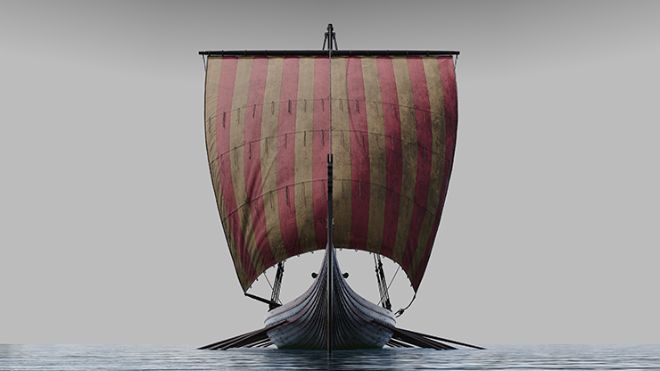The Viking Ship Museum on Bygdøy houses three of the world’s best preserved Viking ships. All three were found in large burial mounds from the Viking Age.
The ships were used on voyages before being reused as burial ships for very special members of society’s power elite.
The Viking Age started in around the year 750 CE and lasted until around 1050 CE. The Vikings’ homeland was today’s Scandinavia, a region where the sea was both an important resource and a highway.
The Vikings also established new trading places, where traders from around the world brought in goods. At the same time, they brought their own jewellery, weapons and customs out into the world. The voyages and the Viking ships were a favourite motif in both the Norse saga literature and in modern tales of the Viking society. But the Vikings' journeys and encounters with other cultures and societies, laid the foundation for the great changes in society during the period.
The Viking Age was a dynamic time. For more than 300 years, society underwent major changes and new opportunities arose for excursions, expansion, settlement, trade and looting. At the beginning of the Viking Age, small kings fought for power and the Nordic kingdoms did not yet exist. During the Viking era, the nation states arose, cities emerged, new trade routes were established and Christianity replaced the Norse religion. The journeys provided new perspectives and opened up to redefine the world.
